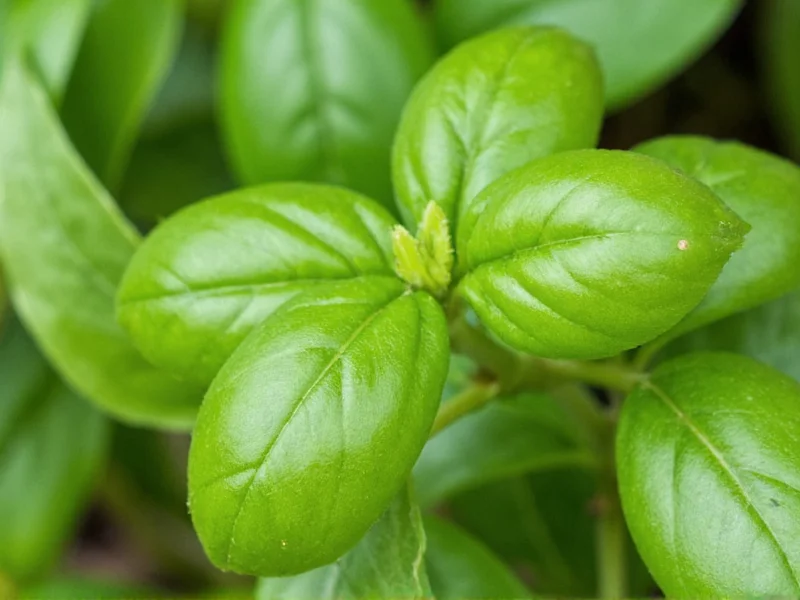Understanding how to properly convert between dried and fresh basil is essential for achieving balanced flavors in your cooking. Many home chefs struggle with herb substitutions, leading to dishes that are either under-seasoned or overwhelmingly herbal. This guide provides precise measurements and practical advice for navigating the dried-to-fresh basil transition in your recipes.
Why Dried and Fresh Basil Aren't Interchangeable
Dried basil undergoes a dehydration process that concentrates its essential oils while removing approximately 90% of its moisture content. This concentration effect means dried herbs deliver more intense flavor in smaller quantities compared to their fresh counterparts. The drying process also alters certain flavor compounds, creating subtle taste differences beyond just intensity.
Complete Basil Conversion Guide
When substituting dried basil for fresh in recipes, precise measurements prevent flavor imbalances. The standard culinary ratio accounts for both flavor concentration and moisture differences between the two forms.
| Dried Basil | Fresh Basil Equivalent | Best Used For |
|---|---|---|
| 1/4 teaspoon | 3/4 teaspoon chopped | Delicate sauces, dressings |
| 1/2 teaspoon | 1 1/2 teaspoons chopped | Marinades, egg dishes |
| 1 teaspoon | 1 tablespoon chopped | Standard recipe substitution |
| 1 tablespoon | 3 tablespoons chopped | Hearty stews, tomato sauces |
When Substitution Works Best
Certain dishes handle basil substitutions better than others. Understanding which recipes tolerate dried-to-fresh conversions helps maintain culinary integrity:
- Long-cooking dishes (soups, stews, braises): Dried basil often performs better initially, but adding fresh basil during the last 10-15 minutes creates layered flavor
- Raw applications (pesto, salads, garnishes): Fresh basil is irreplaceable for texture and bright flavor notes
- Baked goods (savory breads, focaccia): Dried basil distributes more evenly but lacks the aromatic punch of fresh
Practical Conversion Tips for Home Cooks
Successful herb substitution requires more than simple measurement conversion. Consider these professional techniques:
Always add dried basil earlier in the cooking process to allow time for rehydration and flavor release, while fresh basil should be incorporated near the end to preserve its volatile aromatic compounds. For the most accurate dried basil to fresh conversion in recipes, lightly crush dried basil between your fingers before adding it to release essential oils.
When adjusting recipes that call for fresh basil but you only have dried available, start with half the recommended dried amount, then taste and adjust. Remember that dried herbs lose potency over time—if your dried basil has been in the pantry for more than 6 months, you may need to increase the quantity slightly.
Avoiding Common Substitution Mistakes
Many cooks make critical errors when converting between dried and fresh basil that compromise their dishes:
- Using equal measurements - This results in overpowering, sometimes bitter dishes
- Adding fresh basil too early - Causes delicate flavors to evaporate during cooking
- Not accounting for age of dried herbs - Old dried herbs lose potency and require adjustment
- Ignoring recipe context - Not all dishes respond equally to substitutions
For best results with dried basil to fresh conversion in Italian cooking, consider making a quick infused oil with your dried basil first by steeping it in warm olive oil for 10 minutes before adding to your dish. This technique mimics some of fresh basil's oil-soluble flavor compounds.











 浙公网安备
33010002000092号
浙公网安备
33010002000092号 浙B2-20120091-4
浙B2-20120091-4